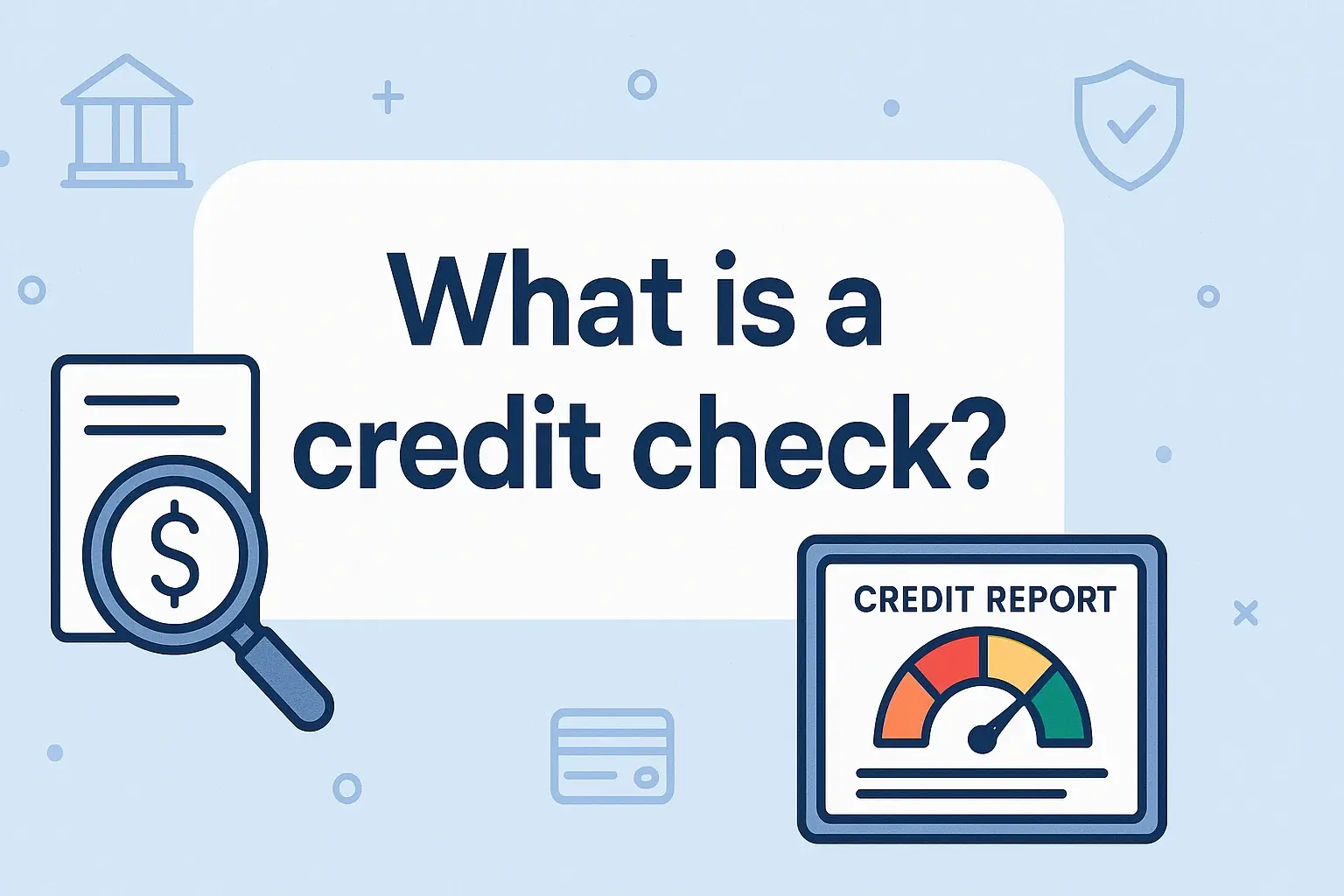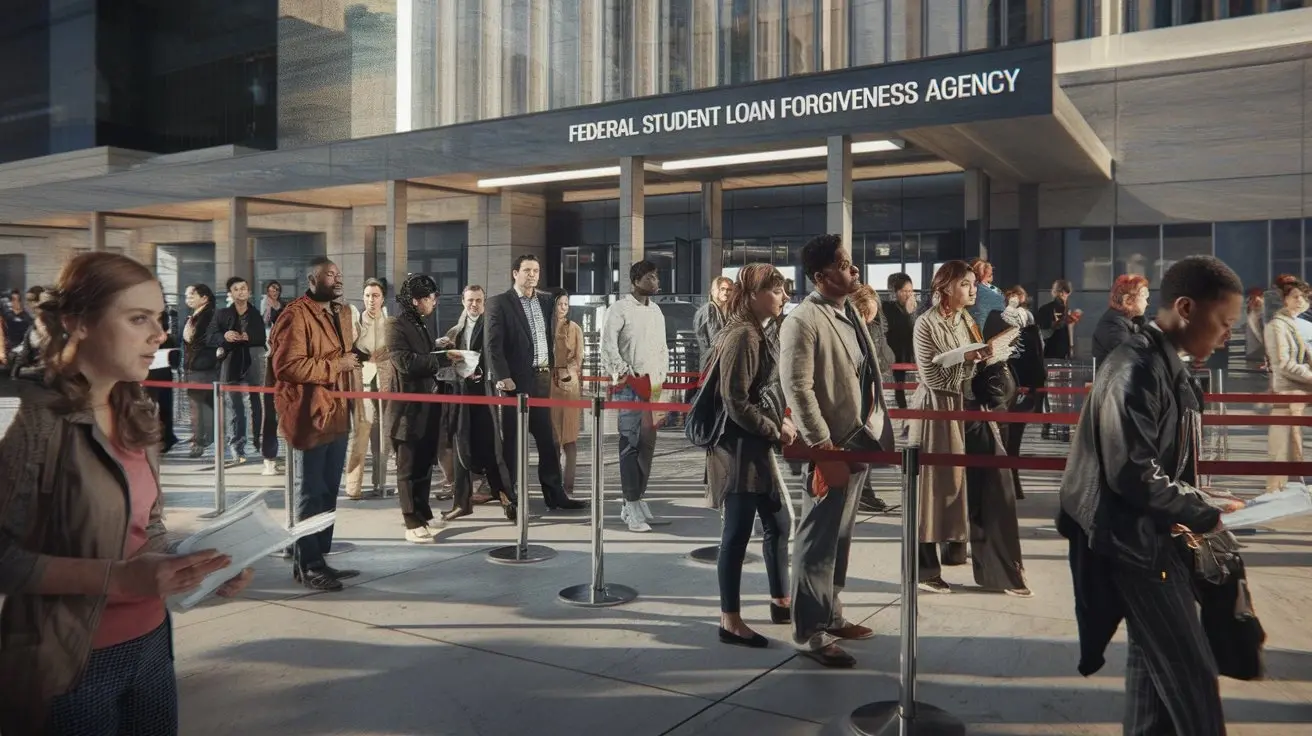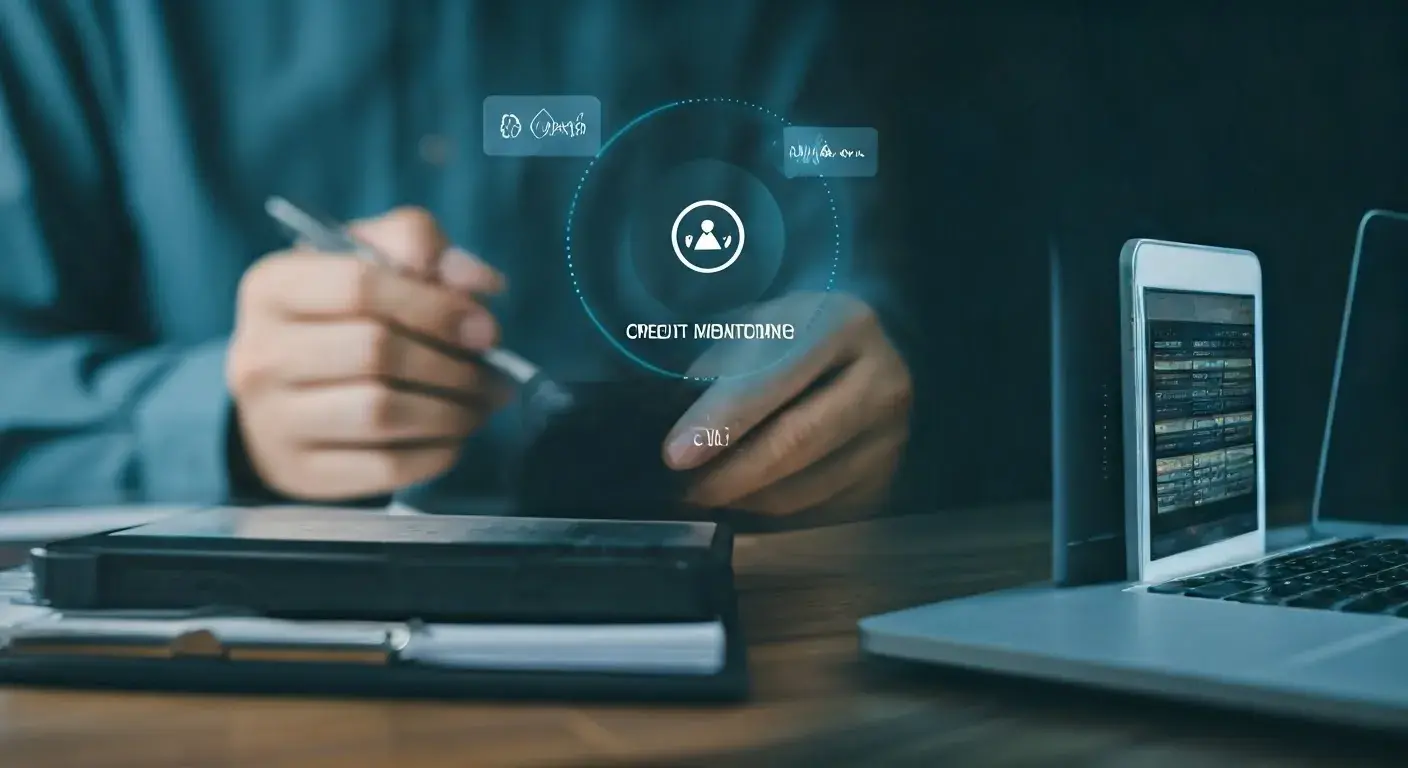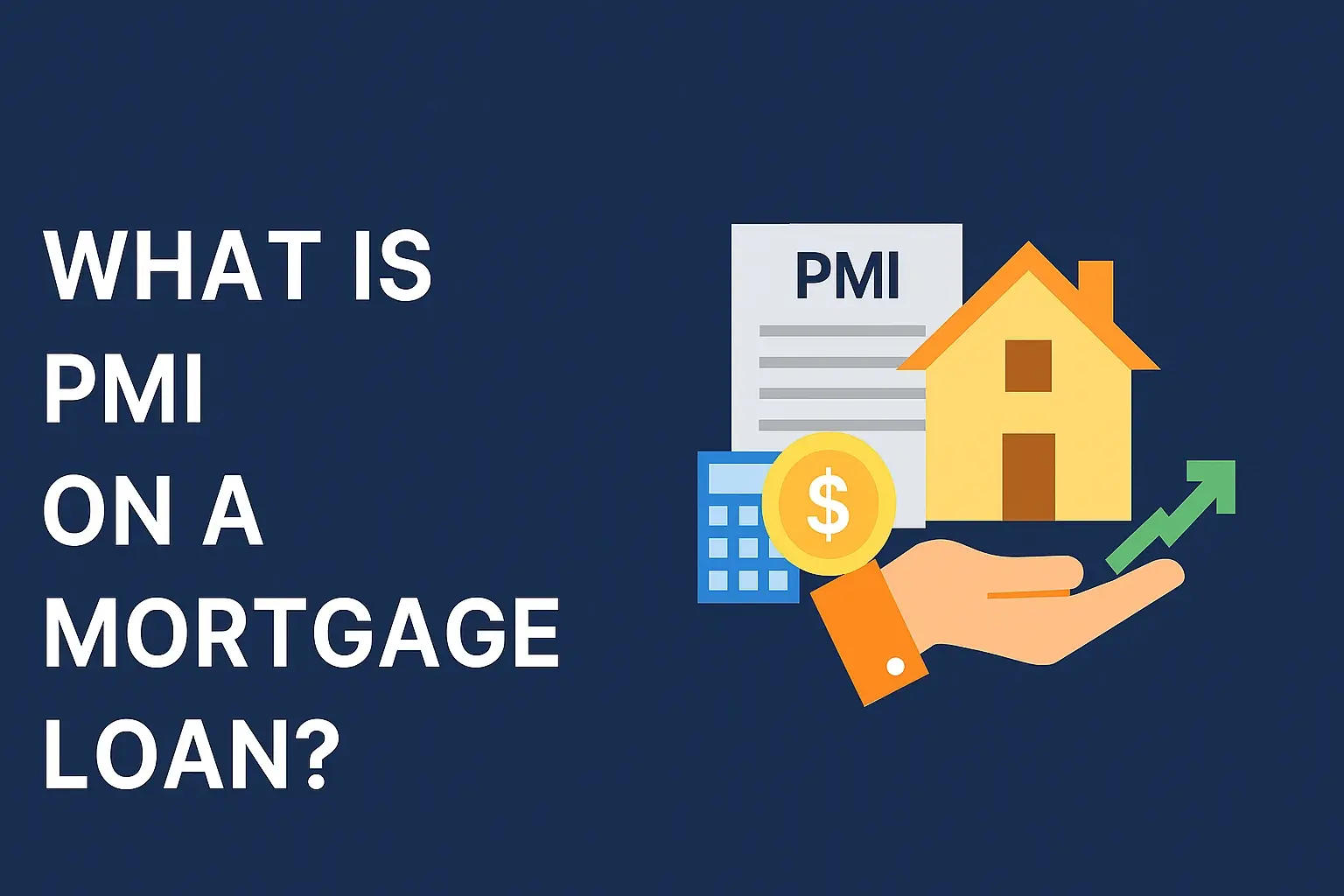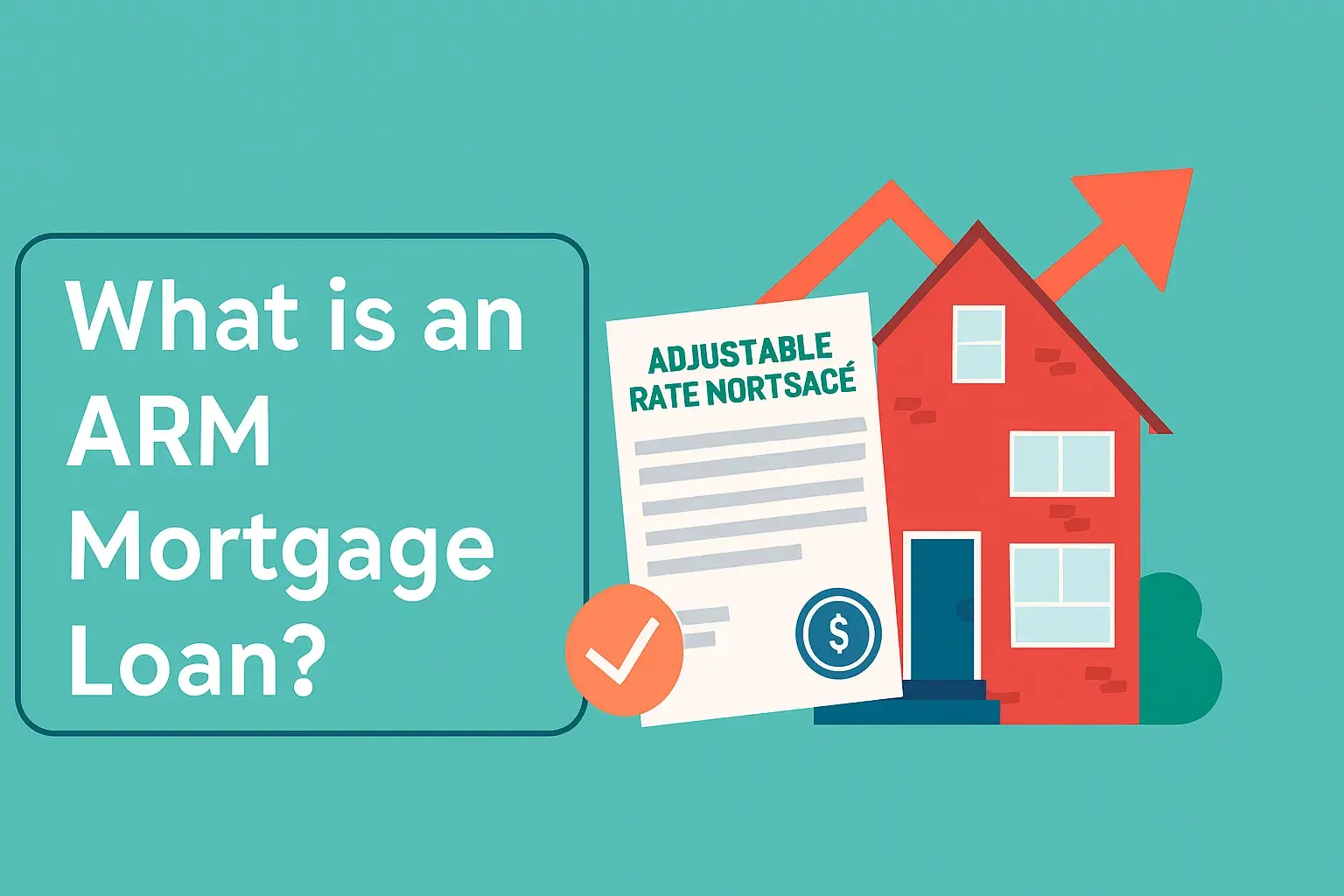-
Posted on: 24 Dec 2022
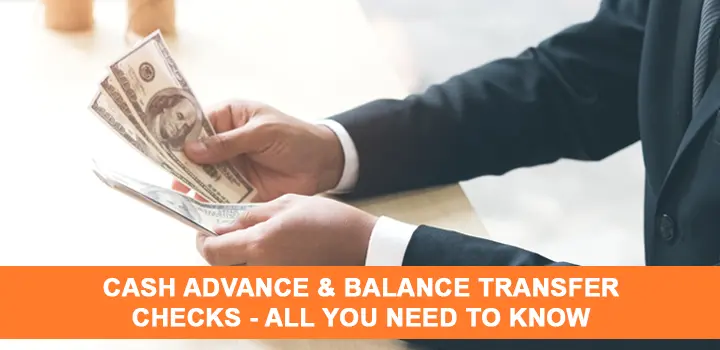
-
Cash advance and balance transfer checks offer quick access to funds and a way to consolidate debt, but understanding their nuances is crucial. This guide provides a comprehensive overview, helping you navigate the benefits, risks, and best practices for utilizing these financial tools effectively in 2025.
What Are Cash Advance and Balance Transfer Checks?
In the realm of credit card accessibility, cash advance and balance transfer checks stand out as unique tools. They are essentially pre-approved checks sent by your credit card issuer that allow you to access funds or move existing debt. While they might seem straightforward, a deep understanding of their mechanics, associated costs, and strategic applications is vital for financial well-being in 2025. These checks are not to be confused with standard checks or personal loans, as they operate under different terms and conditions tied to your credit card account.
How Do They Work?
The process for both cash advance and balance transfer checks is remarkably similar, with the primary distinction lying in their intended purpose and the resulting impact on your credit card account. When you receive a cash advance check, you simply fill it out for the desired amount (up to your available credit limit for cash advances) and deposit it into your bank account or cash it. The amount withdrawn is then added to your credit card balance, incurring interest and potentially fees from the moment of withdrawal.
Balance transfer checks function similarly, but instead of withdrawing cash for yourself, you use the check to pay off other debts, typically from different credit cards or loans. You fill out the balance transfer check with the amount of the debt you wish to pay off, made payable to the creditor. When the creditor receives and cashes the check, that amount is added to your credit card balance. The allure here is often a lower introductory Annual Percentage Rate (APR) for a set period, allowing you to consolidate and pay down debt more efficiently.
The Role of Credit Limits
It's crucial to understand that both types of checks draw from your credit card's available credit. However, there's often a distinction between your general credit limit and your cash advance limit. Your cash advance limit is typically lower than your overall credit limit, meaning you may not be able to withdraw the full amount of your credit line as cash. Balance transfers, on the other hand, usually draw from your general credit limit, but some issuers may impose specific limits for balance transfers as well.
Processing and Posting
Once you use a cash advance or balance transfer check, it needs to be processed by your credit card issuer. This can take a few business days. The transaction will then appear on your credit card statement, similar to any other purchase or cash advance. It's important to monitor your statement closely to track these transactions, their associated fees, and the interest accrual.
Cash Advance Checks Explained
Cash advance checks are a convenient, albeit often expensive, way to access funds directly from your credit card. They are typically mailed to cardholders as a pre-approved offer, allowing for quick access to cash without visiting an ATM or a bank. The primary appeal is speed and accessibility, making them a potential solution for unexpected emergencies.
How to Use Them
Using a cash advance check is as simple as writing a personal check. You fill in the payee (usually yourself or your bank), the date, and the amount. You can then deposit the check into your bank account or cash it at a financial institution. The funds are then credited to your bank account, and the corresponding amount is added to your credit card balance.
Associated Costs and Fees (2025)
This is where cash advances become particularly costly. Several fees and interest charges apply:
- Cash Advance Fee: Most credit card issuers charge a fee for each cash advance. This fee is typically a percentage of the amount advanced (e.g., 3% to 5%) or a flat fee (e.g., $10-$20), whichever is greater. For 2025, these percentages and flat fees remain competitive, with many issuers maintaining similar structures.
- Higher APR: The interest rate (APR) for cash advances is almost always significantly higher than the APR for regular purchases. In 2025, cash advance APRs can range from 25% to over 30%.
- No Grace Period: Unlike regular purchases, interest on cash advances begins to accrue immediately from the date of the transaction. There is no grace period to pay off the balance before interest starts accumulating. This means that even if you pay your statement balance in full, the cash advance amount will still be subject to interest charges.
- ATM Fees: If you use a credit card to withdraw cash from an ATM (which is a form of cash advance), you may also incur ATM fees from the ATM operator.
When Are They a Last Resort?
Given the high costs, cash advance checks should generally be considered a last resort for genuine emergencies where no other immediate funding options are available. Examples include critical medical expenses, urgent car repairs preventing you from getting to work, or essential living expenses when all other funds are exhausted. Relying on them for non-essential spending or to cover recurring bills is a financially detrimental strategy.
Balance Transfer Checks Explained
Balance transfer checks are designed to help you consolidate debt from multiple high-interest credit cards or loans onto a single card, often with a promotional low or 0% introductory APR. This can be a powerful tool for debt management if used strategically.
How to Use Them for Debt Consolidation
Similar to cash advance checks, you fill out a balance transfer check with the amount you wish to transfer. The payee will be the creditor you want to pay off (e.g., another credit card company). You then mail this check to your creditor. Once they receive and process it, they will use the funds to pay down the balance on that account. The amount transferred then becomes part of your balance on the card that issued the balance transfer check.
Understanding Promotional APRs (2025)
The primary benefit of balance transfer checks is the potential for a low or 0% introductory APR. In 2025, these promotional periods typically range from 6 to 21 months. It is absolutely critical to:
- Know the duration: Understand exactly how long the promotional APR lasts.
- Know the regular APR: Be aware of the standard APR that will apply after the introductory period ends. This rate is often quite high.
- Understand how it applies: Some issuers apply the promotional APR only to the transferred balance, while others extend it to new purchases as well. Always read the fine print.
Associated Fees and Considerations (2025)
While balance transfers can save you money on interest, they are not free:
- Balance Transfer Fee: Most credit card issuers charge a balance transfer fee, typically 3% to 5% of the transferred amount. For example, transferring $5,000 could cost $150 to $250 in fees. These fees are a significant consideration when calculating the overall savings.
- Credit Limit Impact: The transferred balance will reduce your available credit on the card. Ensure the total balance (including the transfer) does not exceed your credit limit.
- No Grace Period for Transfers: Interest on the transferred balance often begins to accrue immediately, especially if you carry a balance from new purchases. Some cards offer a grace period for new purchases if the statement balance is paid in full, but this often excludes transferred balances.
- Potential for Increased Debt: If you continue to make purchases on the card with the transferred balance, and don't pay off the entire statement balance, you could end up with a larger overall debt than you started with, especially if the promotional APR expires.
Strategic Debt Repayment
Balance transfer checks are most effective when used with a clear repayment plan. The goal should be to pay off the transferred balance in full before the introductory APR expires. This often requires disciplined budgeting and making more than the minimum payment.
Key Differences and Similarities
While both cash advance and balance transfer checks are provided by credit card issuers and draw from your credit line, their fundamental purposes and financial implications diverge significantly.
Purpose
- Cash Advance Checks: Primarily for obtaining liquid cash for personal use, regardless of the reason.
- Balance Transfer Checks: Specifically for moving existing debt from one credit account to another.
Interest Rates (APRs)
- Cash Advance Checks: Always come with a high, immediate-accruing APR, often 25-30% or more.
- Balance Transfer Checks: Often come with a low or 0% introductory APR for a limited period, followed by a standard, potentially high, APR.
Fees
- Cash Advance Checks: Typically incur a cash advance fee (percentage or flat) and immediate interest charges.
- Balance Transfer Checks: Typically incur a balance transfer fee (percentage) and interest charges that may begin immediately or after the promotional period.
Grace Periods
- Cash Advance Checks: No grace period; interest accrues from the transaction date.
- Balance Transfer Checks: May or may not have a grace period for the transferred balance, depending on the issuer and your payment habits. New purchases may have a grace period if the statement balance is paid in full, but this often excludes the transferred amount.
Similarities
- Both are linked to your credit card account.
- Both reduce your available credit.
- Both require careful monitoring of your credit card statement.
- Both can have significant financial implications if misused.
Benefits of Using These Checks
Despite their potential pitfalls, these checks offer specific advantages when used appropriately.
Convenience and Speed
Both types of checks offer unparalleled convenience. You don't need to apply for a new loan or visit a bank. The checks arrive in the mail, and once filled out, can provide funds or facilitate debt payoff relatively quickly.
Access to Funds (Cash Advances)
For urgent, unforeseen expenses where immediate cash is the only viable solution, a cash advance check can be a lifeline. It bypasses the often lengthy approval processes of traditional loans.
Debt Consolidation and Interest Savings (Balance Transfers)
The primary benefit of balance transfer checks is the potential to significantly reduce the amount of interest paid on existing debt. By moving high-interest balances to a card with a 0% or low introductory APR, you can pay down principal faster and save money.
Simplifying Payments
Consolidating multiple debts onto one credit card statement can simplify your financial management. Instead of juggling several due dates and minimum payments, you have one bill to track and pay.
Potential Drawbacks and Risks
The allure of quick cash or debt relief can mask significant financial risks if these tools are not handled with extreme caution.
High Interest Rates
As detailed earlier, cash advances carry very high APRs that start accruing immediately. Even balance transfers, after their introductory period, can revert to high standard APRs, making it costly to carry a balance.
Accumulating Fees
Both cash advance and balance transfer checks come with upfront fees. These fees, combined with high interest rates, can quickly inflate the total cost of using these instruments.
Impact on Credit Score
While using these checks doesn't directly hurt your credit score, the increased credit utilization that results from adding a large balance can negatively impact your score. Additionally, if you struggle to repay the debt and fall behind on payments, this will severely damage your creditworthiness.
Temptation to Overspend
The ease of access to funds via cash advance checks can tempt individuals to spend beyond their means, leading to a cycle of debt. Similarly, with balance transfers, if the underlying spending habits are not addressed, the debt will simply grow back.
Loss of Grace Periods
For cash advances, there is no grace period. For balance transfers, grace periods on new purchases can be forfeited if the statement balance isn't paid in full, which is often complicated by the transferred balance. This means interest can start accruing on purchases sooner than expected.
Understanding Fees and Interest Rates (2025)
Navigating the financial landscape of credit cards in 2025 requires a sharp understanding of the fees and interest rates associated with cash advance and balance transfer checks. These are not static figures and can vary significantly between issuers and even specific credit card products.
Cash Advance Fees (2025)
In 2025, cash advance fees are typically structured as follows:
- Percentage-Based Fee: A common fee is 3% to 5% of the transaction amount. For example, a $1,000 cash advance with a 5% fee would incur a $50 fee.
- Flat Fee: Some issuers may charge a flat fee, such as $10 or $20, per transaction.
- Whichever is Greater: Many issuers combine these, stating the fee is the greater of a percentage or a flat amount. So, a 5% fee on a $50 advance would be $2.50, but if the minimum flat fee is $10, you'd pay $10.
These fees are applied at the time of the transaction and are added directly to your outstanding balance.
Balance Transfer Fees (2025)
Balance transfer fees in 2025 generally fall into these categories:
- Standard Fee: Most commonly, issuers charge 3% to 5% of the amount being transferred. A $5,000 balance transfer at 4% would cost $200.
- Promotional Fees: Some issuers may offer introductory balance transfer fees as low as 0% for a limited time or for specific transfers, though this is less common for checks than for online transfers.
These fees are usually added to your balance shortly after the transfer is processed.
Cash Advance APRs (2025)
The Annual Percentage Rate (APR) for cash advances in 2025 remains a significant concern:
- High Rates: Expect cash advance APRs to be in the range of 25% to 30% or even higher. This is considerably more than the APR for purchases, which can range from 15% to 25% for many cards.
- Immediate Interest: Crucially, interest on cash advances begins accruing from the moment the transaction occurs. There is no grace period. This means that even if you pay your entire statement balance by the due date, the cash advance amount will still accrue interest.
Balance Transfer APRs (2025)
Balance transfer APRs are more varied due to promotional offers:
- Introductory APR: Offers commonly include 0% APR for a period ranging from 6 to 21 months. This is the primary attraction for debt consolidation.
- Standard APR: After the introductory period expires, the APR will revert to the card's standard rate. This can be anywhere from 15% to 25% or more, depending on your creditworthiness and the card.
- Purchases APR: It's vital to know if the introductory APR applies only to the transferred balance or also to new purchases. If you carry a balance from new purchases, the introductory APR on the transferred balance might be forfeited.
Impact of Minimum Payments
Making only the minimum payment on a balance transfer can be a costly mistake. If you have a $5,000 balance transferred at 0% APR for 12 months, and you only pay the minimum, you might not pay it off within the promotional period. Once the regular APR kicks in, the interest charges can be substantial, potentially negating the savings from the introductory period. For example, a $5,000 balance at 20% APR would accrue over $1,000 in interest in the first year alone if only minimum payments were made.
When to Consider Using Them
The decision to use cash advance or balance transfer checks should be strategic and well-informed. Here are scenarios where they might be a viable option:
Emergencies (Cash Advances)
When faced with a true, unavoidable emergency – such as a medical crisis, a critical home repair that prevents you from living safely, or a car breakdown essential for work – and all other avenues for funds are exhausted, a cash advance check can provide immediate relief. However, this should be followed by a swift plan to repay the debt as quickly as possible.
Debt Consolidation (Balance Transfers)
If you have multiple high-interest credit card debts, a balance transfer check can be an excellent tool to consolidate them onto a single card with a lower introductory APR. This allows you to pay down the principal more effectively and save on interest charges. This is most beneficial when you have a clear plan to pay off the debt before the promotional period ends.
Temporary Cash Flow Issues
For individuals with fluctuating income who anticipate a short-term gap in funds before their next paycheck or payment, a cash advance check might provide a temporary bridge. However, this requires strict discipline to repay the amount immediately upon receiving funds.
Avoiding Late Fees or Penalties
In rare situations, if you are facing an immediate threat of significant late fees or penalties on a critical bill and have no other immediate recourse, a cash advance could be used to cover that payment. However, this is a short-term fix that incurs its own costs.
Alternatives to Consider
Before resorting to cash advance or balance transfer checks, explore these potentially more favorable options:
Personal Loans
Personal loans from banks, credit unions, or online lenders often offer lower interest rates than cash advances, especially for individuals with good credit. They also have fixed repayment terms, which can aid in budgeting.
0% Intro APR on New Credit Cards
Instead of using balance transfer checks, you can apply for a new credit card that offers a 0% introductory APR on both balance transfers and new purchases. This can provide more flexibility than a check, as you might be able to transfer balances and make new purchases with the same low rate.
Home Equity Loans or Lines of Credit (HELOCs)
If you own a home, a home equity loan or HELOC can offer access to funds at competitive interest rates. These are secured by your home, so they carry risks, but they are often cheaper than unsecured credit products.
Borrowing from Family or Friends
While potentially sensitive, borrowing from trusted individuals can sometimes offer a no-interest or low-interest solution with flexible repayment terms.
Negotiating with Creditors
For existing debts, contact your creditors directly. They may be willing to set up a more manageable payment plan, waive late fees, or offer a temporary hardship program.
Cash Advance Alternatives for Emergencies
- Emergency Fund: The best alternative is to have an emergency fund built up in a savings account.
- Paycheck Advance Apps: Some apps offer small advances on your paycheck with minimal or no fees, though they often have limits.
- Credit Union Loans: Credit unions sometimes offer small, short-term emergency loans with reasonable terms.
How to Choose the Right Option
Selecting the best financial tool depends on your specific situation and financial goals. Here’s a decision-making framework:
Assess Your Need
Emergency Cash: If you need cash immediately for an unexpected crisis, a cash advance check is an option, but weigh its high cost against alternatives like personal loans or borrowing from family.
Debt Consolidation: If your goal is to reduce interest payments on existing debt, a balance transfer check or a new 0% intro APR balance transfer card is likely the best route. Compare the fees and promotional periods.
Compare Costs
APRs: Always compare the APRs. For cash advances, the APR is the primary concern. For balance transfers, compare the introductory APR and the post-introductory APR.
Fees: Factor in all fees – cash advance fees, balance transfer fees, and any other associated charges. A lower APR might be offset by a high fee.
Total Cost Calculation: Calculate the total cost of using each option over the period you intend to carry the balance. For balance transfers, estimate the interest you'll pay after the promo period if you don't pay it off in time.
Evaluate Repayment Ability
Cash Advances: Can you repay the amount quickly to minimize interest? If not, the costs will skyrocket.
Balance Transfers: Do you have a realistic plan to pay off the transferred balance before the introductory APR expires? If not, the regular APR could make your debt more expensive.
Consider Credit Impact
Using these checks increases your credit utilization ratio, which can temporarily lower your credit score. Missing payments will have a more significant negative impact.
Read the Fine Print
Always meticulously read the terms and conditions provided by your credit card issuer. Pay close attention to details regarding APRs, fees, grace periods, and any limitations on the offer.
Best Practices for Usage
To maximize the benefits and minimize the risks associated with cash advance and balance transfer checks, adhere to these best practices:
Have a Clear Repayment Plan
Before you even use the check, know exactly how and when you will repay the amount. For cash advances, aim to pay it off as quickly as possible. For balance transfers, create a budget that ensures the debt is cleared before the introductory APR expires.
Prioritize High-Interest Debt (Balance Transfers)
When using balance transfer checks, focus on moving the debt with the highest interest rate first. This maximizes your potential interest savings.
Avoid New Purchases on Balance Transfer Cards
To ensure you benefit fully from the introductory APR on your transferred balance, avoid making new purchases on that card. If you must make a purchase, pay off the entire statement balance (including the transferred amount) by the due date to avoid interest, if your card's terms allow for this.
Track Your Spending and Statements
Monitor your credit card statements diligently. Ensure all transactions, fees, and interest charges are accurate. Be aware of when your introductory APR period ends.
Consider the Total Cost
Always calculate the total cost of using these checks, including fees and interest, to determine if it's truly the most cost-effective option compared to alternatives.
Use Cash Advances Only for True Emergencies
Given their exorbitant costs, cash advance checks should be reserved for dire, unforeseen circumstances when no other funding is available.
Understand Your Credit Limit and Cash Advance Limit
Be aware of your overall credit limit and, more importantly, your specific cash advance limit, as it is often lower. Ensure your transaction does not exceed these limits.
Set Up Automatic Payments Wisely
If using automatic payments, ensure they are set to cover more than the minimum payment for balance transfers to meet your repayment goals. For cash advances, consider manual payments to ensure you're paying down the principal aggressively.
Conclusion
Cash advance and balance transfer checks, while convenient, are powerful financial instruments that demand careful consideration. In 2025, understanding their associated high fees and interest rates is paramount. Cash advance checks should be a last resort for genuine emergencies, while balance transfer checks offer a strategic opportunity to consolidate and reduce debt, provided a diligent repayment plan is in place to capitalize on introductory low APRs. By comparing costs, assessing repayment capabilities, and adhering to best practices, individuals can leverage these tools effectively or wisely choose more advantageous alternatives, ultimately safeguarding their financial health.
